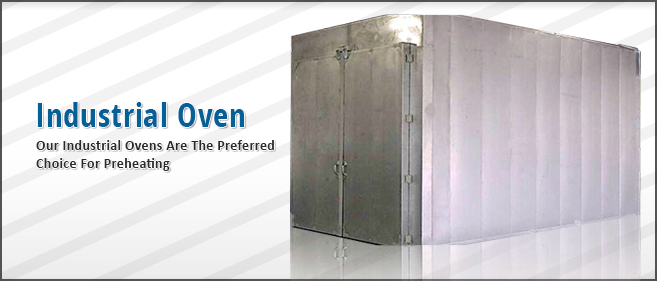Industrial batch ovens are used to perform a variety of drying and curing operations in the electronic industry. They are particularly well-known for drying electronic components with epoxy resin. Due to this reason, they are also known as vacuum degassers. In this post, we will be discussing this particular application in detail.
What is Epoxy Resin?
To begin with, let us understand what exactly epoxy resin is. The term epoxy is used to describe many fiber reinforced polymer composites. Epoxy resin is a binder that is used to provide features like adhesion, and firmness. Epoxy resin is always chosen for electronic component applications over other thermoset or thermoplastic resins. It provides a wide range of benefits to an application:
- No VOCs
- Long shelf life
- Impact resistance
- Low shrink during cure
- Good electrical properties
- Excellent moisture resistance
- Excellent chemical resistance
- Increased fatigue, operation, and strength
Why do Epoxy Resins Need to be Degassed?
The degassing of epoxy resins is usually done for devices like electronic modules, which have microchips that are wire bonded to the circuit board. Epoxy resins are used to protect microchips and other small-sized electronic components. The resin is applied over the chips to ensure that they are protected from external contaminants and physical damage.
However, the resin application process can result in deformities or homogeneities. Voids or bubbles can form in the epoxy resin, while exposed wire forms inside the resin can get deformed due to different thermal expansion coefficients. Ultimately, this can result in torn or impaired wire bonds and short circuits. Degassing the resin ensures that the voids are eliminated and bond wires are maintained.
How is the Degassing Process Performed?
An industrial batch oven is the best choice for performing this operation. Generally, industrial ovens utilize a vacuum degassing process for this application. This process involves removing dissolved gas from liquid solutions, like an epoxy resin. The microchip is placed within the oven. The oven is then calibrated to reduce the internal vacuum pressure. The reduced pressure inside the vessel causes the gas to become less soluble. This allows the gas to separate from the liquid. Once the gas has been completely removed from the material, it removed from the oven via an exhaust system. The internal vacuum pressure is then returned to normal.
Why Choose Industrial Ovens for Degassing Procedures
The following are among the important reasons why standard and custom industrial ovens are the best choice for degassing operations:
- They can be used for degassing different types of liquid substances, such as adhesives and molten steel.
- The vacuum process helps maintain or enhance the purity and strength of the liquid material.
- Industrial ovens can also be used for analysing a material under controlled conditions. They can be used to test materials with aspects such as altitude, humidity, air pressure, temperature, and electromagnetic and microwave radiation.
Industrial ovens can provide quick and efficient degassing solutions, allowing for the production of precise and durable electronic components.

